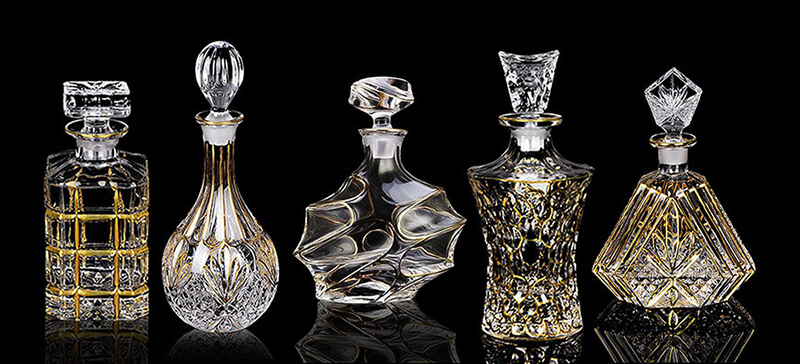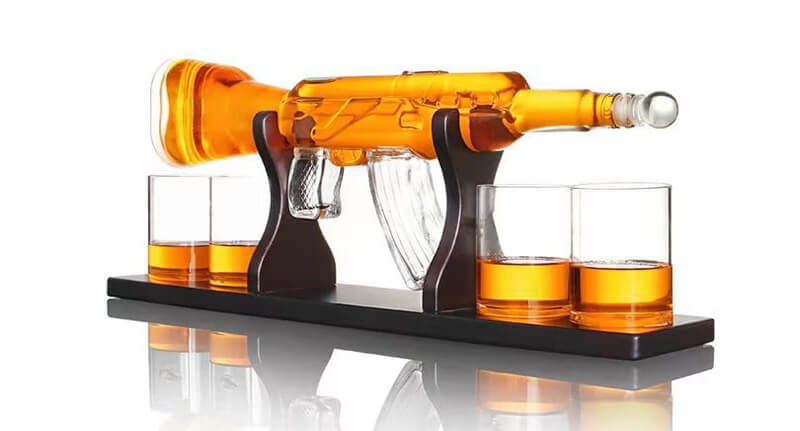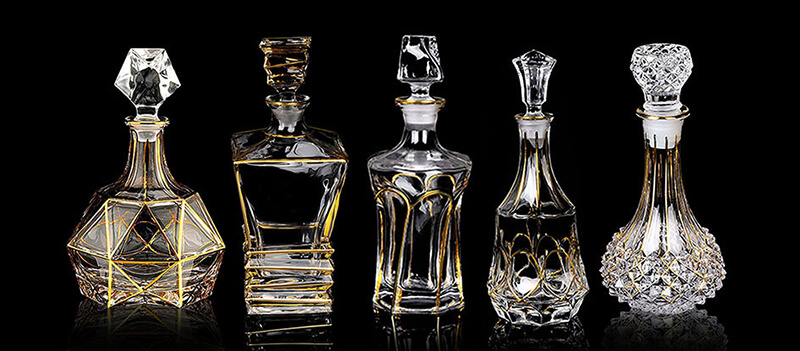When selecting a liquor bottle, whether for personal enjoyment, a special occasion, or business inventory, the size of the bottle can be just as important as the type of spirit it contains. Understanding the different sizes of liquor bottles is crucial for making informed choices that suit your needs and preferences.
In the beverage industry, bottle sizes are not just about quantity—they often reflect the intended use, cultural significance, or even regulatory requirements. From tiny miniatures often seen at hotel minibars to magnum bottles that become centerpieces at celebrations, each size has its unique place and purpose.

Standard Liquor Bottle Sizes
Miniature (Mini) Bottles: The Tiny Titans
Miniature bottles, often referred to as minis, typically hold about 50 ml of liquor, which equates to one shot. They are ideal for single servings and are popularly used in hotel minibars, airline services, and as samples in liquor stores. Minis allow consumers to try a variety of spirits without committing to a full-sized bottle.
Half Pint: The Convenient Companion
A half pint bottle holds approximately 200 ml of liquor, making it a convenient choice for those who wish to enjoy a few drinks without the bulk of larger bottles. It’s a popular size for picnics and small get-togethers, providing enough liquor for several cocktails.
Pint: The Standard Share
Pint bottles contain about 375 ml of liquor, serving as a midpoint between a half pint and a fifth. This size is perfect for small gatherings, allowing multiple servings without the commitment to a larger quantity. It’s also a favored choice for craft distillers who want to offer something more substantial than a half pint but less daunting than a fifth.
Fifth: The Industry Staple
Originally called a fifth because it was a fifth of a gallon, this bottle holds 750 ml and is the most common size for liquor bottles worldwide. It’s the standard size you’ll find on the shelves of liquor stores and is often used for well-known brands and a variety of spirits. A fifth is perfect for parties or as a staple in a home bar.
Liter: The Preferred Size Abroad
The liter bottle, holding 1000 ml, is slightly larger than the traditional fifth and is preferred in many countries outside the United States. This size offers a bit more liquor, making it a favorite for larger gatherings and for consumers who want a bit more volume without stepping up to a magnum.
Magnum: The Celebration Choice
Magnum bottles are impressive, containing 1500 ml or two liters of liquor. They are often reserved for special occasions and celebrations. The size not only makes a visual impact but also suggests a spirit of sharing and generosity. Magnums are popular in both private and public celebrations, embodying the festive spirit with their grand scale.

Specialty and Regional Bottle Sizes
Half Liter: A Versatile Volume
The half liter bottle, holding 500 ml, strikes a balance between the fifth and liter sizes. It’s particularly popular in European countries, where metric measurements are standard. This size is ideal for those who find a fifth too small and a liter too large, offering a versatile middle ground suitable for various liquors.
Jeroboam: The Large and In Charge
A Jeroboam originally referred to a large wine bottle but has been adopted by the spirits industry as well. In the context of liquor, a Jeroboam holds 3000 ml, equivalent to four standard bottles. It is a showstopper at events and is often used for high-end spirits at large celebrations. The size not only makes a statement but also ensures there’s enough spirit to go around during grand occasions.
Rehoboam: The Rare Giant
Even larger than the Jeroboam, the Rehoboam contains about 4500 ml of liquor. This size is rare and typically reserved for very special events or as a collector’s item. Due to its rarity and size, a Rehoboam is often a talking point in itself, symbolizing extravagance and opulence.
Choosing the Right Bottle Size
For Personal Use: Finding Your Fit
When selecting a bottle size for personal use, consider how frequently you enjoy spirits and whether you prefer variety or consistency. A miniature or half pint might be perfect for tasting new flavors without the commitment, while a fifth is a practical choice for your favorite go-to liquor. The key is to match the bottle size with your drinking habits and storage space.
For Events: Scaling Up
Choosing the right bottle size for events depends on the number of guests and the type of event. Magnums or even Jeroboams make perfect sense for large gatherings as they reduce the need for multiple bottles and create a focal point for celebration. For smaller, more intimate gatherings, several-fifths or liters might offer enough variety without excess.
For Businesses: Maximizing Efficiency and Appeal
Bars and restaurants should consider both the cost-effectiveness and the customer appeal of different bottle sizes. Liters are often more cost-efficient for popular liquors, while fifths can be used for premium spirits to manage cost and reduce waste. Stocking miniatures can also be a great way to offer tasting menus or flights to customers.

Impact of Bottle Size on Taste and Storage
Taste Considerations: Does Size Matter?
It’s debated whether the size of a liquor bottle can affect taste. Smaller bottles may lead to quicker consumption after opening, potentially preserving the liquor’s original flavor better than larger bottles, which might suffer from oxidation if stored for extended periods post-opening.
Storage and Aging: The Right Conditions
When it comes to storage and aging, larger bottles can be beneficial as they have a lower oxygen-to-liquor ratio, which may slow the aging process and keep the liquor stable longer. However, storage space and conditions—like temperature and light—play significant roles regardless of bottle size. It’s crucial to store all sizes in appropriate conditions to maintain their best quality.
Conclusion
Understanding the various sizes of liquor bottles is more than just knowledge—it’s a practical guide that impacts buying decisions, enhances enjoyment, and ensures efficiency in consumption and storage. Whether you’re a casual drinker, a host, or a business owner, knowing these details can dramatically improve your experience and satisfaction with your liquor purchases.


